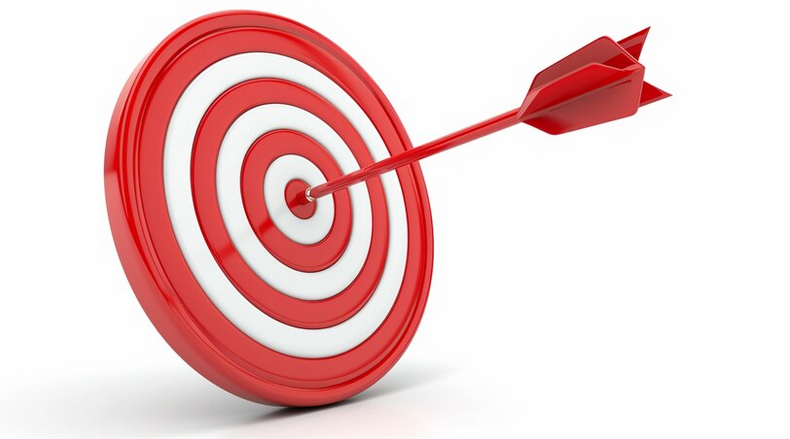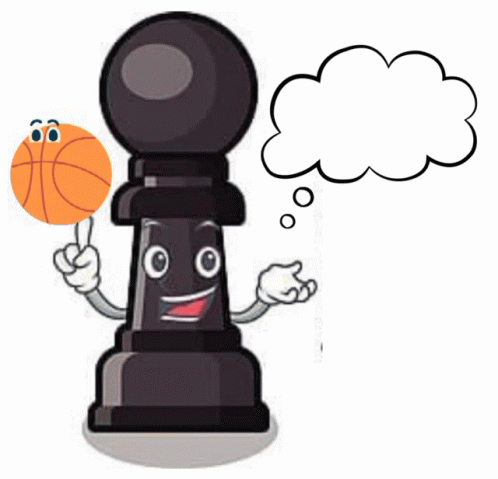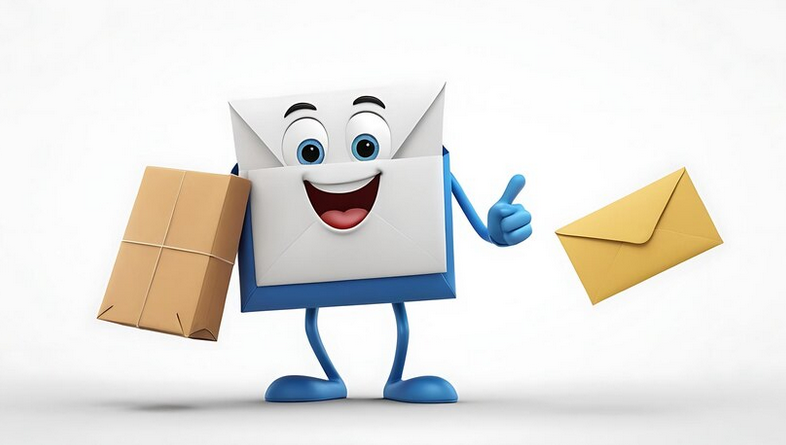Have you ever wondered why some emails are ignored while others explode in sales? I've been through a lot of experiments on my path to email marketing success and I'm ready to share with you the secrets that can turn your strategy into a powerful tool for growth. Keep reading to find out how just a few steps can change your results!

Glossary
- 📧 Email Marketing - Using email to promote products or services and interact with clients.
- 🎯 Goal setting is the process of defining specific, measurable, and achievable goals for email campaigns.
- 🔍 Audit is a systematic study of existing email marketing campaigns to identify strengths and weaknesses.
- 📊 Competitor Analysis is the process of studying email marketing strategies used by competitors to identify best practices and opportunities for improvement.
- 🗂️ Planning - Create a detailed email campaign plan, including schedule, target audience, and email content.
- ✉️ Engagement - the degree of interest and activity of the recipients of your email newsletters, expressed through opening letters, clicking on links and other actions.
- 💰 Conversion is the percentage of recipients who complete a targeted action, such as a purchase or subscription, after interacting with an email.
- 🚀 Strategy is a long-term action plan to achieve email marketing goals, taking into account market analysis and assessment.
- 📅 Schedule - time frames for conducting email campaigns and their components.
- 📈 Metrics - quantitative indicators used to evaluate the effectiveness of email campaigns, such as Open Rate (OR) and Click-Through Rate (CTR).
Effective Email Marketing Strategy: How I Created It
When I first thought about creating a successful email marketing strategy, I thought it was something complicated that required technological knowledge and experience. However, it turned out that in fact it is just a road map to success, full of nuances and interesting points. In my practice, I have faced various challenges and each of them has become a lesson on the way to creating an effective strategy.

Audit
Before taking action, it was important to conduct an audit of the current state of affairs. This was the moment when I realized that even if my company did not conduct email newsletters, we had other forms of interaction with customers: subscriptions to news feeds and databases. During the work, I reviewed our database and made conclusions that were unexpected for me.
For example, once in the office, I asked the team a question: “What do we have in terms of contacts?” In response I heard: “We have old contacts from events!” – this discovery inspired me. I studied all available data, including the results of previous mailings. It turned out that the email opening rate reached 30%, which is very good. Let me remind you that the industry average is around 20%. But it was important not only to know the numbers, but also to understand how we can improve them.
Here's what we got in the end:
- 📊 Analysis site. I looked through all the content that was available to subscribers and noted which sections generated the most activity.
- 📝 Database organization. Within a month, I collected new data about clients and began segmenting contacts by interests.
- 🚀 Ways to collect subscribers. Using my creativity, I organized several online events to attract new subscribers, which gave impetus to the growth of the base.
Competitor analysis
At the next stage, I started analyzing competitors. Isn't it fun to follow what others are doing? I remember making a list of the main players in my niche and deciding to subscribe to their newsletters. Each time I was surprised to see what approaches they used. I recorded the actions of my competitors, analyzing their approaches to content and interaction with subscribers.
😍 I ran a little rating system, rating competing emails from 0 to 5. The first group of emails I came across were completely anonymous and made no impression. But compared to more creative newsletters that were visually attractive and contained interesting offers, the results quickly fell into a systematization template.
- 💡 Subscription forms: Competitors listed various subscription methods, including social networks and sharing content in exchange for a subscription.
- 📈 Mailings: I noticed that some people send emails twice a week, while others do it once per month.
Each such discovery strengthened my belief that it is important not only to monitor competitors, but also to learn from it for yourself.
Goal Setting
Now that information about the current state and competitors had been collected, it was important to define goals. It is usually at this stage that difficulties arise. "What do we want to get?" – I asked myself, taking notes.

I decided it would be wise to set a few key metrics for our strategy:
- 🌟 Subscriber base growth rate , which will increase by at least 10% in month.
- 💼 Traffic attracted through email campaigns. I expected that more than 15% of new visitors would come from this channel.
- 💵 Number of targeted actions , such as orders, that we received thanks to mailings.
I recorded the results in a table every week. This became a kind of game for me - what brought more profit, and what was the opposite: “Which content worked better?”
Planning
At this stage it was necessary to figure out how to use all this. I divided the whole process into several stages:
- 📬 Collecting the database: We started refreshing website subscription forms and introduced new ways to collect contacts, such as free webinars.
- 🌐 Segmentation: Subscribers were divided into groups based on their preferences. Remember that not everyone wants to receive the same content. We collected data on what topics they are interested in, from promotions to educational materials.
- 📆 Automation: Set up automatic emails to handle common tasks, such as sending thanks after a purchase.
When we launched the first campaign after all these preparatory steps, we saw that the results began to grow. I remember how unforgettable these emotions were - the first reaction of subscribers to our new letters!
Table with steps for you:
| Step | Description |
|---|---|
| 1 | Audit the current database |
| 2 | Analyze competitors |
| 3 | Set Clear Goals |
| 4 | Start planning and automating your actions |
This was the path to creating a successful email strategy, it showed that you need to manage emotions, approaches and, most importantly, share your experience to help others!

Often asked questions on the topic: Email Marketing Strategy
1. What is email marketing?
Email marketing is a way of promoting products and services by sending emails. It involves communicating with customers and potential customers through personalized messages.
2. How to start with email marketing?
First you need to choose a platform for mailings, create a list of subscribers, develop content and schedule regular emails.
3. How to increase your email open rate?
To increase your email open rate, it's important to create a compelling subject line, use personalized messages, and send emails at the optimal time.
4. What is an email marketing audit?
An email marketing audit involves analyzing your current email campaigns to identify their strengths and weaknesses, and what can be improved to increase effectiveness.
5. How to conduct competitor analysis in email marketing?
Competitor analysis includes studying their email marketing strategies, typical content, sending frequency, and subscriber engagement levels.
6. How to set email marketing goals?
Email marketing goals should be set according to SMART criteria: they should be specific, measurable, achievable, relevant and time-bound.
7. What role does planning play in email marketing?
Planning helps you organize your mailings, set sending frequency, distribute content, and take into account seasonal trends, which increases the chance of achieving your goals.
8. How to ensure high email deliverability?
To ensure high deliverability, it is important to use trusted email services, regularly clean your subscriber list, and monitor your domain reputation.
9. How to improve conversion from email campaigns?
To improve conversions, you should use clear calls to action, conduct A/B testing, and segment your audience for more personalized content.
10. How to track the effectiveness of email campaigns?
The effectiveness of email campaigns can be tracked using analytics, studying metrics such as open rates, click-through rates, unsubscribe rates and conversions.
Thank you for reading and for becoming wiser! 🌟
You're now one step closer to a successful email marketing strategy! I've shared with you my experiences, including tests and tricks that have helped companies increase engagement and sales. Every tip here is not just theory, it is the result of real projects and interactions. Your new competency opens the door to a world where your writing becomes a powerful tool. How are you going to use this knowledge? I look forward to your comments! 💬
— Larisa Shishkova, independent expert at "Elbuz".

Article Target
provide readers with practical advice on creating email campaigns
Target audience
marketers, business owners, sales specialists
Hashtags
Save a link to this article
Larisa Shishkova
Copywriter ElbuzIn the world of automation, I am a translator of ideas into the language of effective business. Here, every dot is a code for success, and every comma is an inspiration for Internet prosperity!
Discussion of the topic – Email Marketing Strategy
How to develop an effective email marketing strategy to increase engagement and sales.
Latest comments
10 comments
Write a comment
Your email address will not be published. Required fields are checked *



















.png)




Лариса Шишкова
Recently I analyzed the effectiveness of different email marketing strategies. Why do many people think that a simple letter does not work? 🤔
James Porter
Larisa, different audience segments require different approaches. Do you think it's worth using A/B testing to increase open rates? 📊
Sofia Müller
I think it's important to personalize your emails! People pay attention when their name is used in the subject line of an email. How do you do it? ✉️
Émile Lefèvre
I agree, Sofia! Additionally, I often add gamification elements to emails - this increases engagement. Has anyone tried it? 🎲
Giovanni Rossi
What do you think about the frequency of sending letters? Too often - you get bored, too rarely - you forget. How to find the golden mean? 📅
Anna Nowak
I think it's important to make content useful. For example, small tips and tricks in emails can lead to greater engagement! How do you deal with this? 📝
Viktor Ivanov
Why is all this? All these new methods make email marketing more complicated than it already is. Why not just support the old ways? 🤨
Лариса Шишкова
Victor, the old ways sometimes work, but the world is changing and so is the audience. They need to be monitored and adapted. And it's not always difficult! 😊
Juan Martínez
I agree with Larisa! It's important to keep up with changes in your audience's interests to stay relevant. What do you think about reactive marketing? 🔄
Luca Bianchi
Reactive marketing really rocks! Especially when tied to events and holidays. Which email marketing platform do you prefer? 🌟